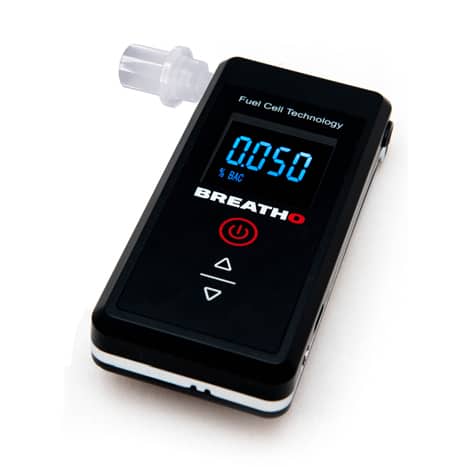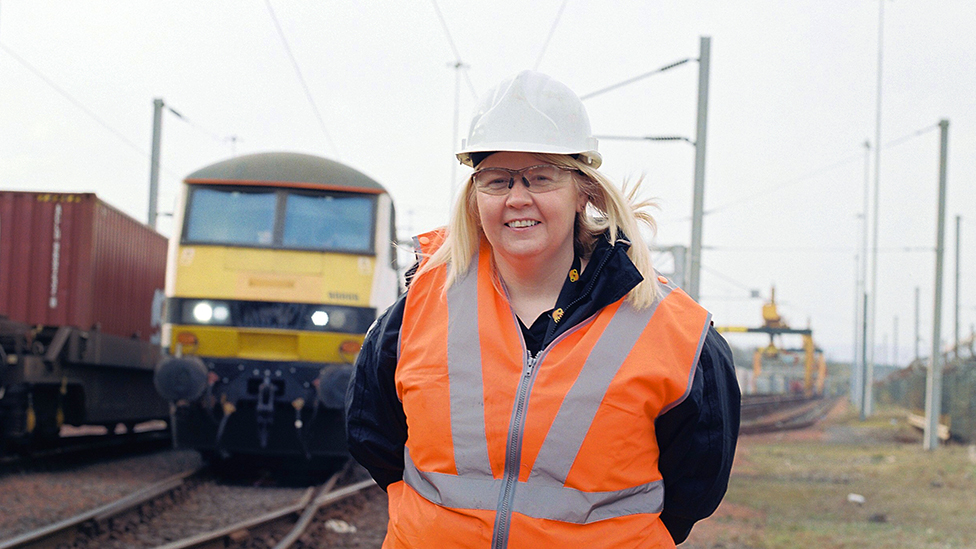
Can alcohol breath tests be relied on?
Accuracy of Alcohol Breath Tests today is extremely high, mostly due to the rise of fuel cell technology.
With so many people being caught out after a few drinks… and even the morning after a big night, can breathalysers be relied on?
Semi conductors
You’ll find semiconductor sensors in breathalysers for $5-$100. They were used in old versions of alcohol breath testers. You can still find them for sale, but don’t trust them to give you accuracy.
They work by heating up a coil, and when alcohol is pushed through the chamber by your breath, the resistance changes, and this resistance change is measured as your Blood Alcohol Content(BAC).
Semi conductors were mainly used to detect alcohol in the air… NOT TO MEASURE IT. This type of sensor needs to be warmed up first before use, sometimes for 60 seconds each test.

Here is a chart that shows the variance in accuracy of a semi conductor vs a fuel cell sensor.
The error ratio is of the semi conductor is +/-0.01 at 0.08 BAC. Which equals 12% above and below actual BAC. As you can see, the higher the BAC, the wider the error of margin extends.
At 0.08 BAC the range stretches from 0.07 to 0.09. That’s a huge difference! Further out to 0.12 BAC the margin possibilities grow from 0.105 to 0.134!
Compare that to a Fuel Cell which has lower than 5% margin of error. This is why the police (or anyone serious about accuracy) only use fuel cell breathalysers.
Fuel Cell Sensors
Fuel cell sensors offer the most accurate and stable readings in breathalyser technology in the world today.
When we say stable, we mean they will not defer as mush as a semi conductor when foreign substances are introduced such as cigarette smoke or some foods.
Check out this video on accuracy of fuel cells
Fuel cell sensors works by using an electrochemical reaction for platinum against ethanol molecules. How many ethanol molecules get through equates to the level of BAC.
When ethanol passes through a fuel cell it’s converted to electricity, then the breathalyser measures the current of the electricity and that become the BAC reading. See video below
Calibration
Calibration is a must with alcohol breathalysers. The perfect analogy is a clock that needs readjusting after a long period of time, so does a breathalyser.
After many tests being performed (usually hundreds) the alcohol sensor will need to be changed, or adjusted back to working specifications.
Breathalysers are very sensitive instruments, as the cells are exposed to alcohol over time (especially high levels of alcohol), the accuracy can drift and give inaccurate results. This is why buying a unit that has calibration capabilities is a must!
Check out this video using an Australian police breathalyser the LE5
These breathalysers can be calibrated which makes them favourable compared to throw away versions.
Today’s Breathalysers
Today, alcohol breath testers range from as a key ring sensor, to wall fixed breathalysers with print out and GPS capabilities.
Sadly, the gap between good and bad seems to be widening with the rise of ebay/amazon and “race to the bottom” type of market platforms.
Such units that cost under $100 are usually from shady sellers and manufacturers.
There are a few things you need to look for when choosing an accurate unit. Such as,
- Fuel cell sensor! This is a must!!
- The ability to be calibrated
- Quick start up times
- Rechargeable
- Workplace breathalyses should have a passive mode
Breathalysers with a Passive mode have a setting where no mouthpieces need to be used. Just like a police breath test in the above video, some testers have the ability to detect alcohol in the air. This is great to save money on mouthpieces, and also (just like the straw saga) to help the environment from plastic litter.
So in conclusion, alcohol breath tests can definitely be relied on! But they have to be a reputable distributor with fuel cell technology.




